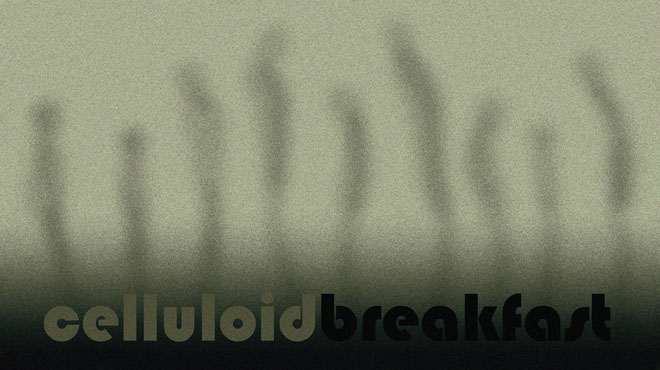Though some might say that the similarities between Delpeut’s process and the one Bill Morrison used for his 2002 film Decasia are so close as to suggest plagiarism by the latter, such a question ignores the nature of the found-footage genre. As Jean-Luc Godard once noted, “it’s not where you take things from, it’s where you take them to”. This however does not excuse the two films from comparison. Whereas Decasia creates controlled chaos through its presentation of odds and ends of unknown films, most of them damaged beyond recognition by natural causes, Lyrical Nitrate honours cinema through identifying patterns. Montages of similar clips from different films suggests an element of collective perfectionism, as if filmmakers were constantly collaborating to document life as best as possible. The film’s everchanging colour values have a hypnotic effect, rendering the film a gentle, ghostly experience.






Wong Kar Wai did a nice nostalgic collage of old Hong Kong films called "Hua Yang de Nian Hua". It was done as an inspiration for "In The Mood For Love" and although I have't seen the films you mention in your post, this one what it does beyond any narrative is just to establish a "mood".Does it create something new from old? Maybe not, but hell, it sure is pretty!
ReplyDeleteHere's a link, if you haven't seen it already:
http://www.youtube.com/watch?v=xmNyj3lyHm8
Wow, that's lovely! I had never heard about that before, thanks for the recommendation! Lyrical Nitrate kinda tells the story of cinema, but it's deliberately alienating. The director did another film called The Forbidden Quest, where he tries to synthesise an adventure story from found footage, which is admirable but a little dull. On the other hand, Bill Morrison's Decasia is all about mood, and it achieves its goal perfectly. It's an hour long, but it just flew by.
ReplyDelete